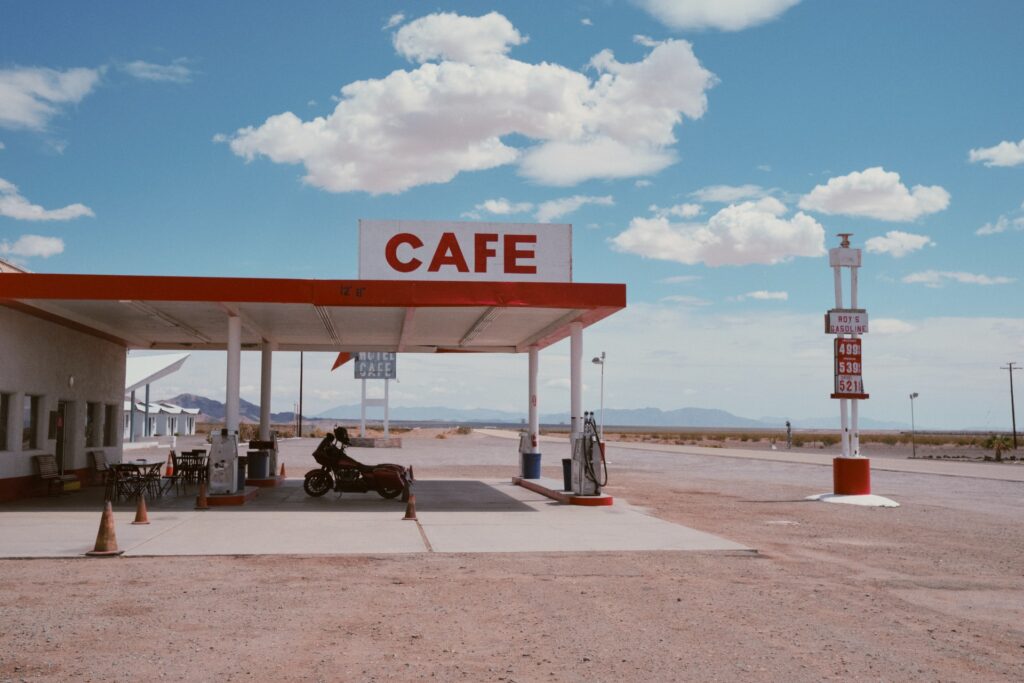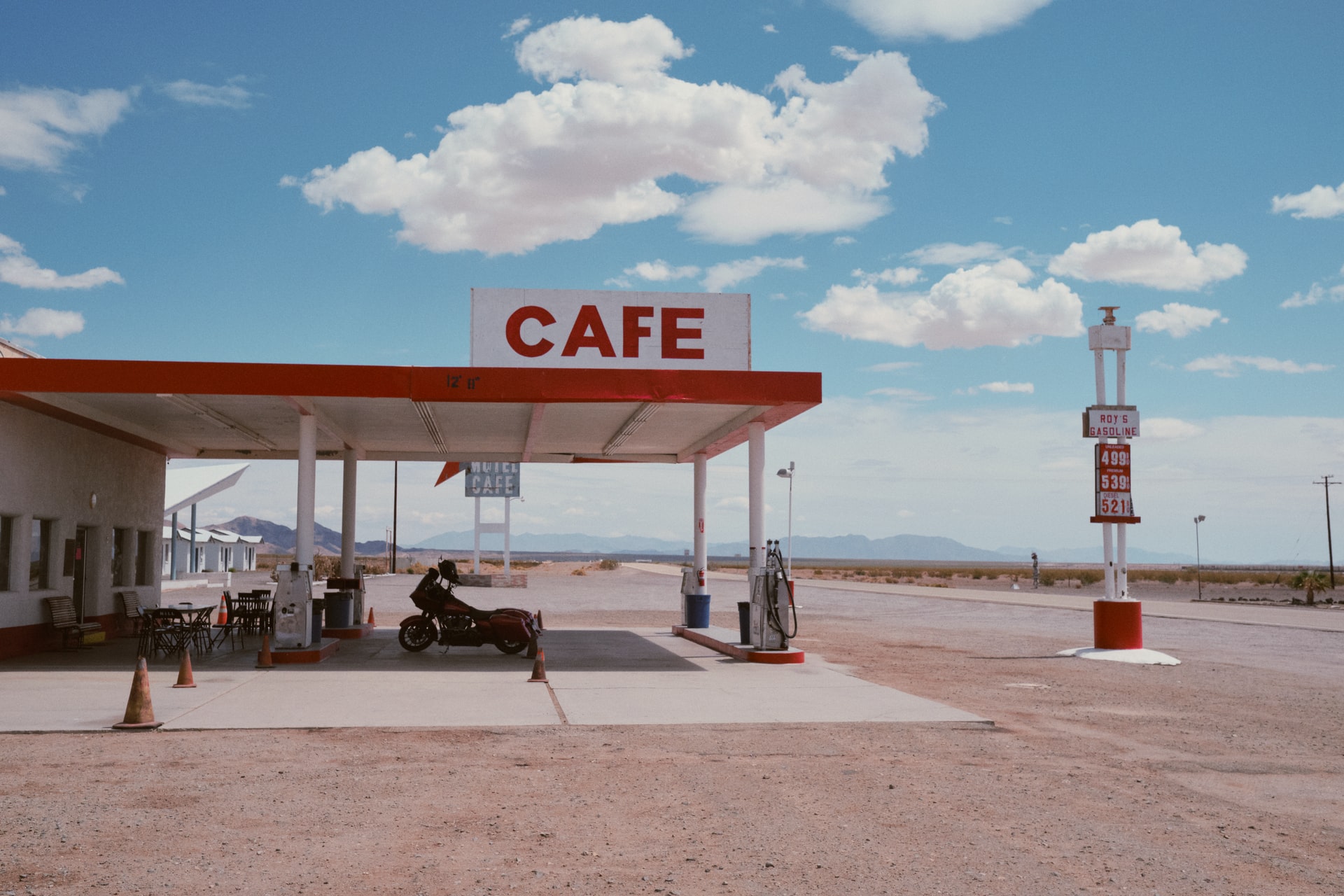I went away on a little “socially distant” motorcycle trip this past weekend.
When our group arrived at the motel, we looked like a bunch of bank robbers taking over the place.
Our hosts went out of their way to make sure everyone felt welcome, despite our black leather and facemasks.
They did this with everyone they served—families, golfers, bikers, and even several contractors that were staying the night.
Everyone was welcomed.
What surprised me about this was that bikers aren’t their normal clientele.
It’s got to be a bit distracting when a bunch of noisy bikes roll in (or roll out at 8 am).
Yet I’ve never felt more welcome.
Educating Staff on Customer Segments

It’s clear that the hotel staff have been trained in recognizing how to segment their customers and then serve each of those segments.
They knew that as bikers, we wanted extra towels to wipe the dew off our bikes in the morning.
There was an area closed off so that we could park the bikes without being far from our rooms.
Our hosts knew exactly how to treat a group of guests that had unique needs.
Not everyone made our group feel welcome.
When we rolled into a small gas station the next day, literally taking over the gas pumps, the owner ran out. He demanded those who were not pumping gas, park on the side of the road rather than in the parking lot.
Not sure if you know, but parking a motorcycle on the side of a busy highway (when there is plenty of space in the parking lot) is not the safest place to be.
He led us to believe he didn’t want our business—which was likely hundreds of dollars in gas and refreshments.
What he was missing, that the motel hosts recognized, was that many of us will return with our families to camp and tour the area.
Do you think I’ll stop at his place for gas? In such a remote area, I’ll make sure to drive out of my way just to avoid his establishment.
Why You Need to Segment Your Customer Experience
My point is simple.
The more you can make each of your customers feel special, the more likely they are to return and to tell others of their great experience.
You (and your team) need to be able to understand, and segment your customer experience to satisfy each different type of customer you serve.
7 steps to segment your customer experience:
- Define who your different customers are: What are their likes, dislikes? What do they need that is unique or distinct from others?
- Interview your customer segments: Talk to various customers to validate your assumptions. Ensure you have a clear understanding of needs, wants and dos and don’ts for each customer segment.
- Analyze your competitors: What customer segments are they targeting? What are they offering that supports each segment needs? How can you improve upon this?
- Create a customer segment profile: Consolidate all of the information collected to design a profile for each customer segment you serve.
- Align segment needs with your product or service: What can you do to satisfy the needs of each segment? How will you ensure that their needs and wants are met?
- Test your assumptions: Interview several customer segments to determine if your customized segment experiences satisfy (or better yet, exceed!) their needs. Take any feedback and modify your customer segments as necessary.
- Train your team: Share your customer experience segment information with your teams. Help them understand how to identify each segment, and what changes or alterations to service are necessary.
If your employees understand the value of segmenting your customer experience, and how to serve and support each group of customers you serve, customers will have a more personalized experience.
They’ll tell others.
They might even return to stay again or bring their families.
That’s free advertising at its best!
So, take the first step by defining who your ideal customers are, and you’ll be one step closer to providing an exceptional customer experience!
© Shawn Casemore 2020. All Rights Reserved.


Share This Article
Choose Your Platform: Facebook Twitter Google Plus Linkedin